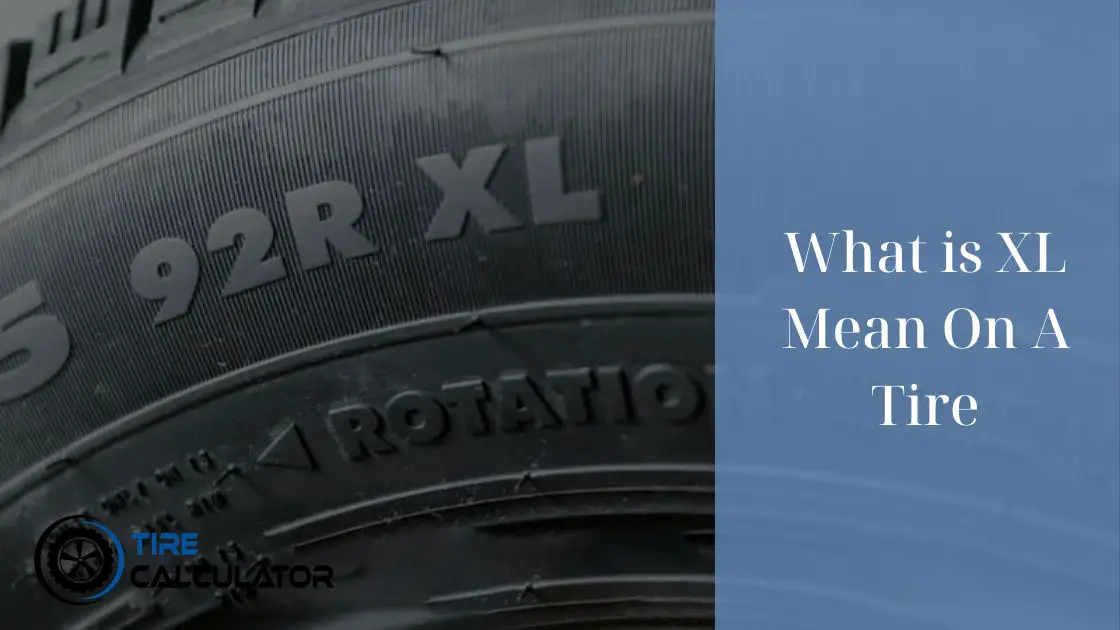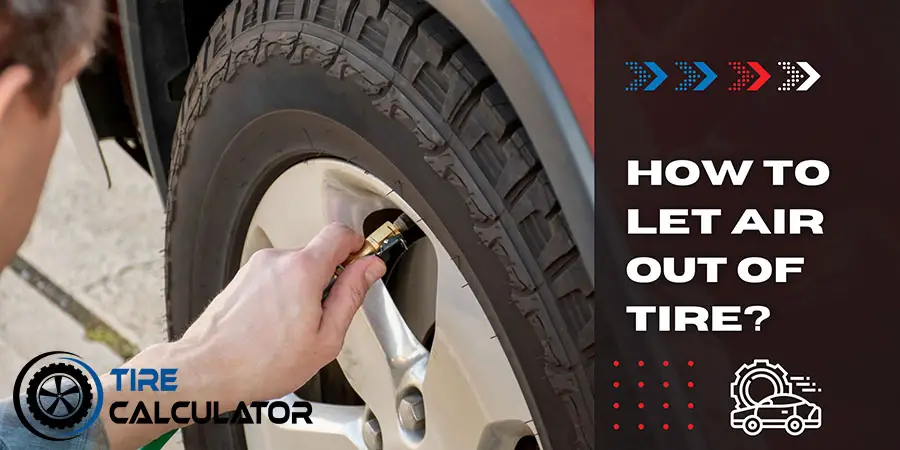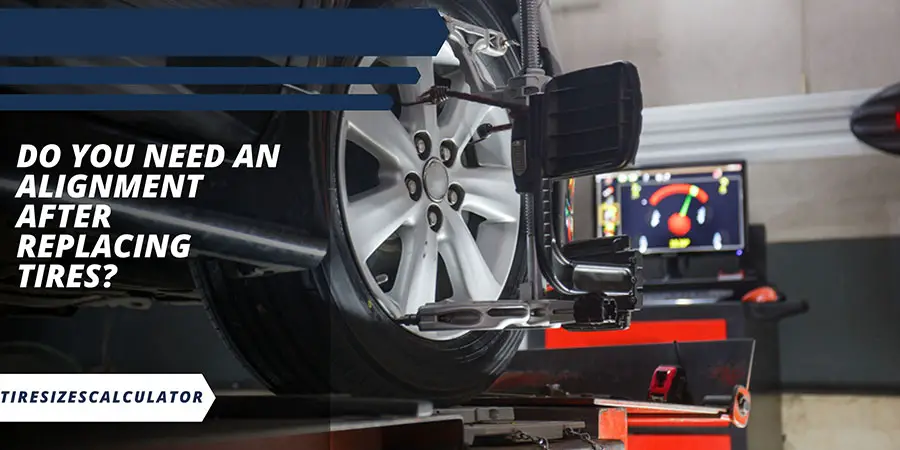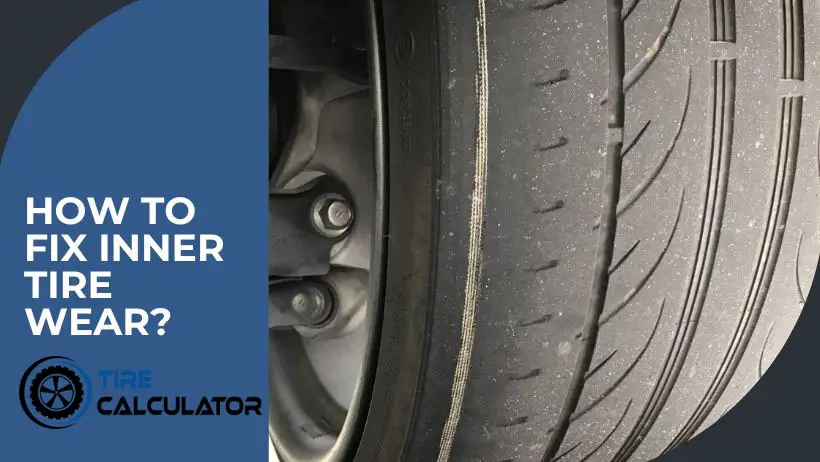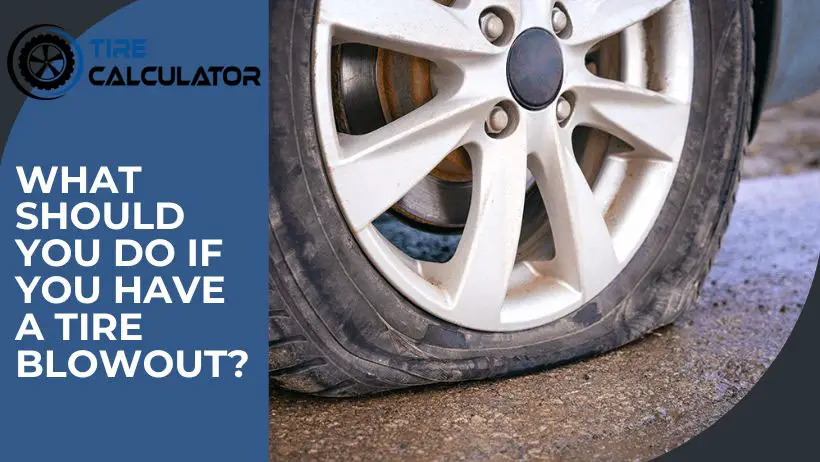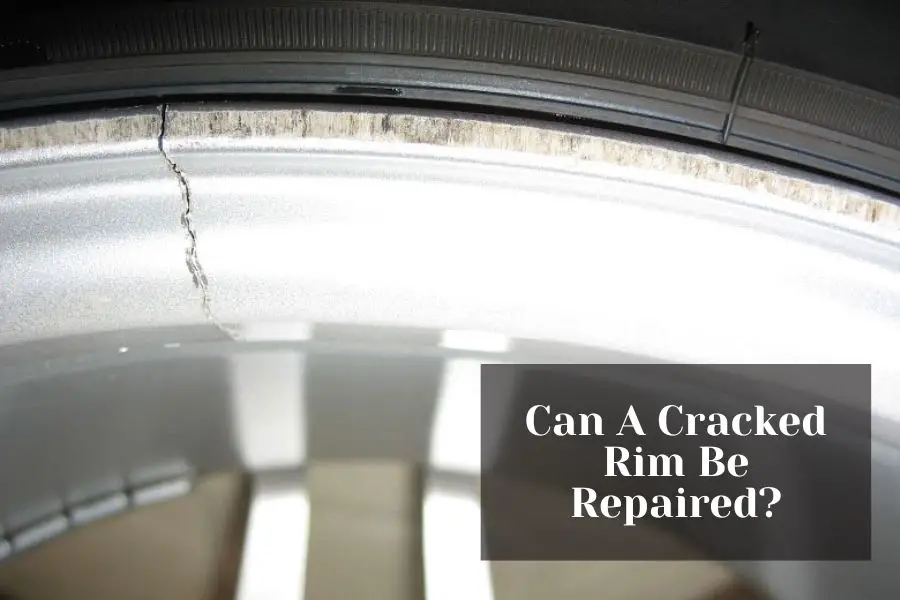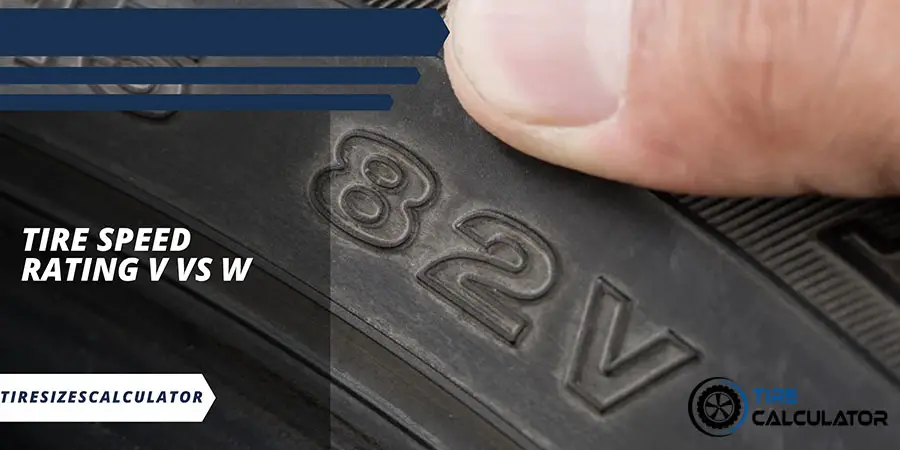Understanding “XL means on a tire” can support users in choosing the most suitable component for their vehicles. XL Tires stands for “extra load” tires, belonging to one of the expanded tires exchanged the most on the market to serve users’ moving demand in cars. Below is some information explaining how to use and catch the right tire size.
What Does XL Mean On A Tire?
Extra load (XL) tires are designed to reinforce the internal structure against a maximum pressure of 41 PSI. These tires can be used when the vehicles require higher load capacity tires due to owning long-lasting load, stronger load rating, and better damage resistance.
The carcass of XL tires is more robust than the non-XL tires and has a single layer of rubberized cord fabric to use. This brings an outstanding characteristic for XL when applying for any car or truck process by promoting efficiency and improving time usage. The extra-load tires also have much higher air pressure compared to the others.
Uses Of XL Mean On A Tire
An XL tire is traditionally designed for use on large means of transport, including buses, tractors, and lorries. However, people have currently had this tire choice to operate CUVs, SUVs, or light commercial vehicles (light trucks) for certain situations. The main function of loading range XL is to carry the cargo with heavier weight than usual, helping people prevent time-consuming and ensure the quality of products better.
Extra load range is also preferred for taking the vehicles off-roads or terrains since it can keep the tire pressure last longer and offer better grip in different conditions.
XL Tires Pros And Cons
Any types of tire have advantages and disadvantages that the buyers should consider before installing for their vehicles. There is some relevant information listed in this part, including:
XL Tires Pros
Vehicle owners can get a lot of benefits when taking XL tire size during running cars or trucks to adapt to necessary demands like carrying merchandise or moving. In particular:
- Vehicle manufacturers generate XL tires owing to the ability to last longer when put in similar conditions compared the standard tires.
- Restricting mechanical damage due to its firm structure
- Carrying more goods or weighty merchandise
- Easily moving on off-roads or bad conditions environment
XL Tires Cons
The XL tire’s disadvantages comprise:
- Bringing uncomfortable driving experiences due to big size or extra weight
- Leading to a higher amount of fuel consumption
- Requiring exact wheel size and some detailed instructions from tire experts in some situations
What Differences Between SL VS XL Tires?
The main difference between SL and XL tires comes from the maximum load they can tolerate while moving on the road. This can be proved through some particular standards from these types of tires below, which also supports the users’ knowledge to choose the better product.
| Load Ranges | Abbreviated | Max. Load Pressure |
| Light Road | LL | 35 psi (240 kPa) |
| Standard Road | Nothing or SL | 35 psi (240 kPa) |
| Extra Road | XL | 41 psi (280 kPa) |
XL Tire Standards
Extra load tires are manufactured with one structure adapting maximum speed, reinforced functions, and good tire speed rating. Their components are steel belts, cap piles, crown piles, radial piles, edge piles, and radical cords. This brings its special functions, such as withstanding heavy loads and higher load capacity (41psi).
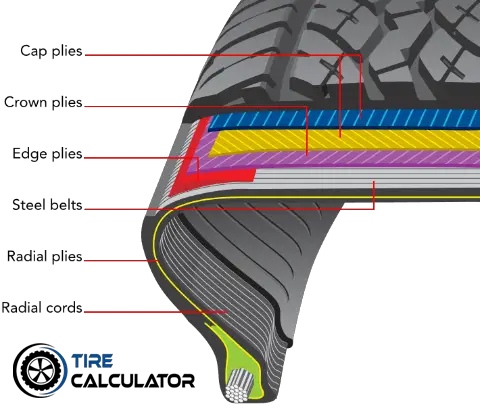
SL Tire Standards
SL tires are also called standard load tires, used commonly for almost all of the vehicles on the market. The maximum capacity of this kind of tire on delivery vehicles is 35psi. The SL tires only strengthen their tire sidewalls without protecting the total system from internal damages due to owning its relatively easy structure.
FAQs
How Fast Can Users Drive With Extra Load Tires?
The speed for moving on a vehicle of XL tire depends on the letter/number codes on the tire sidewalls (tire labels). The users can get all information relating to speed rating, tire sizes, and even materials.
Does XL Tire Make A Difference?
XL tires differ from the others by the weight of goods that they can carry or transport. They also promote the time or speed of moving between regions or areas when exchanging cargo.
Are Extra Load Tires Good On The Car?
People should check all technical information about the cars’ user manual to choose the most appropriate size. This saves much money for purchase costs and protects the vehicles better in the long run.
Do XL Tires Get More Durable?
Because extra load tires run under pressure recommended by the vehicle manufacturer, they can last longer and become more durable if used correctly.
Conclusion
Does XL mean on a tire? You have just been answered above. People should carefully check both disadvantages and advantages of this kind of tire to buy the best products. In some situations, everyone can take a reference or engine treatments from professional staff to improve the operation quality.
See also: how to let air out of tire?

